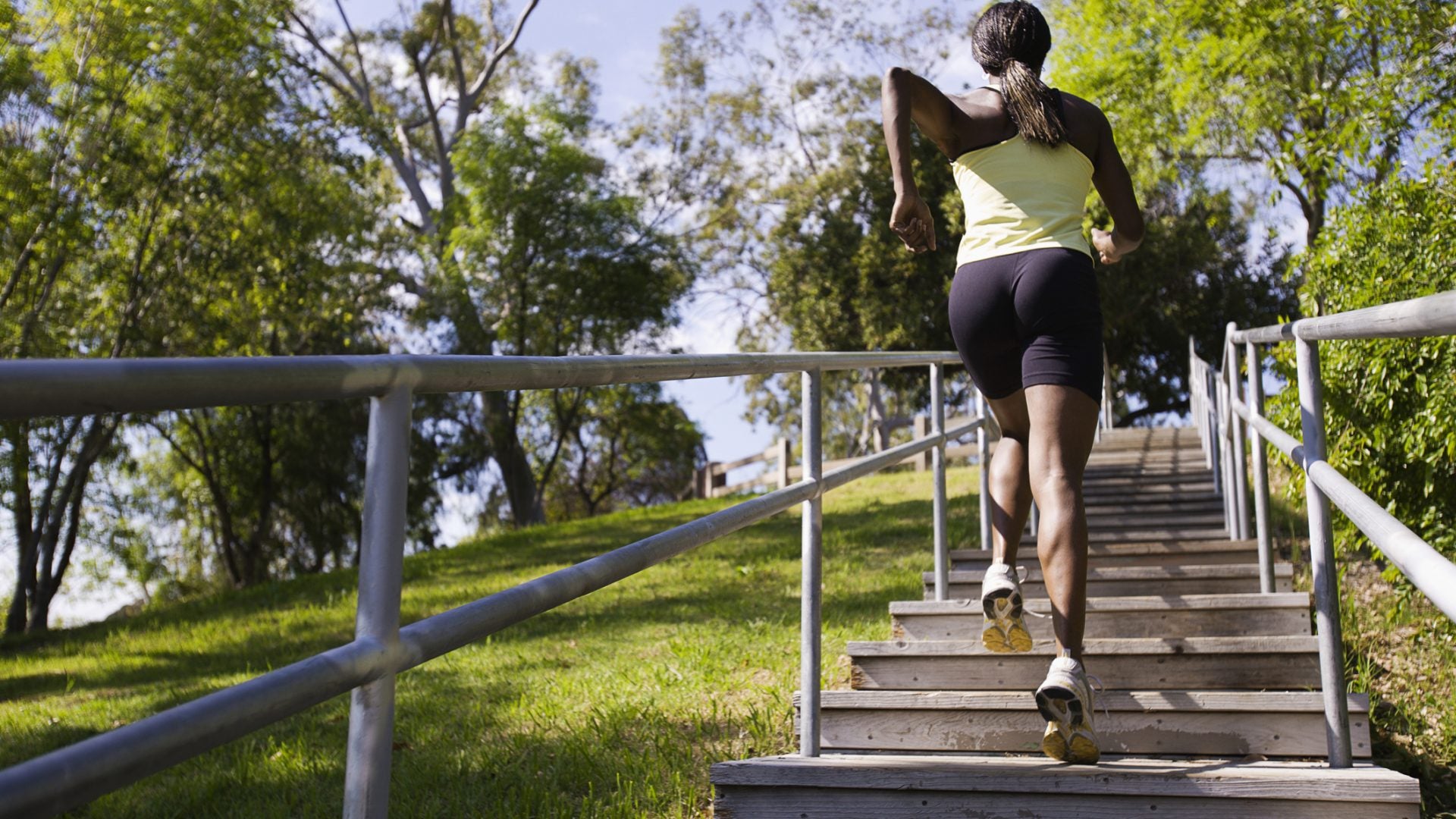
With more people exercising outdoors, and without the supervision of a personal trainer or gym personnel, it’s important to understand the risks that come with outdoor workouts. I’m not just talking coronavirus risks, but also heat and safety risks. While exercising outside saves money in the long run, it presents many health challenges that, if not taken into consideration, can result in serious injury, dehydration, or worse.
First, it’s important to prepare and assess all of the risks involved. From Polar fitness experts like 2x fittest woman on earth Annie Thorisdottir, pro triathlete Lucy Charles-Barclay, Villanova’s Performance Coach John Shackleton, and several more, here are a few tips to safely get results with your new or current workout routine.
Time of day matters.
“Place your high intensity workouts first thing in the morning or later in the evening when it’s coolest and be sure to stay hydrated throughout the day. It’s also important to keep an eye on your heart rate and on how you feel during the workout. Heat will make your HR higher than usual and make a workout feel harder, so be sure you account for that and don’t overdo it. And of course, if you are training outdoors in the sun be sure to apply sun cream. – Lucy Charles-Barclay, Professional Triathlete
Start gradually and monitor intensity.
“Beginners need to pay close attention to the intensity of their workouts and monitor their recovery and hydration closely. Give yourself time to acclimate to a hot environment, and try workouts in the early morning or evening rather than when temperatures are at their peak. Start out gradually in those first two weeks, and slowly ramp up your workouts. Trying to train at a high intensity won’t necessarily mean you’re getting a better workout in this situation; your body is going to be working harder than usual in hot temperatures, so you need to be careful not to overdo it.” – Shawn M. Arent, PhD, CSCS*D, FISSN, FACSM, FNAK | Professor & Chair, Dept. of Exercise Science | Director, UofSC Sport Science Lab
Measure it to manage it.
“If you can’t measure it, you can’t manage it. A common reason why people burnout is due to overtraining. Before you start, learn your baselines: your max heart rate; how many calories you should be burning each day; how many calories you should be taking in; how much sleep you should be getting. All of these things are measurable. Once you understand where you should be, that’s where you start. Then when you can maintain that baseline, and do it consistently, progressively add on to it, little by little.” – Larry Howard, Performance Coach from Beginner to Division One Athletes
Sleep, rest and recovery is key.
“When your body is working extra hard to cool itself in the heat, your heart rate and training load increases. It’s especially important that you drink enough and take rest between workouts so your body has the chance to recover. If you train a lot in heat, it affects your body 24/7. Sleep is a significant factor in helping your body recharge, and if you’re not used to training in hot weather, it could result in poor sleep quality. Make sure you’re getting enough, quality sleep so your body can take on more intense workouts.” – Dr. Raija Laukkanen, PhD, FACSM, Polar Research Center
Monitor your hydration.
“In Motocross we have to account for the gear and heat from the bike engine along with the temperature outside. In that kind of heat, hydration is huge. It affects everything in your performance: your blood flow and heart rate, your muscles, and even your ability to focus. You start to slow down. To better manage hydration in the summer, weigh yourself before and after a training session. Be mindful of those body weight changes, and use that to help you gauge your rehydration and recovery.” – Aldon Baker, Motocross Trainer from USA
Sometimes hydration means more than water.
“Increase intensity and exposure to training in the sun gradually and stay on top of your hydration. This is something I put a big emphasis on: drink plenty of water! When the weather gets warmer and body temperature increases during training, I make sure to get in extra amounts of electrolytes and salts as well since water might not be enough, I use Nuun for this, and you want to choose something that has a good balance. It can prevent dehydration and headache that comes with it as well as cramping. Also, if you feel like you’re over heating or getting a headache, a very nice way to cool down quickly is putting your hands under ice cold water or holding on to some ice cubes.” – Annie Thorisdottir, 2x Fittest Woman on Earth, 5x Podium Finisher at CrossFit Games